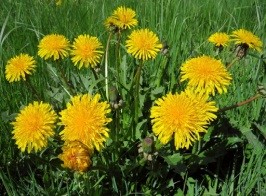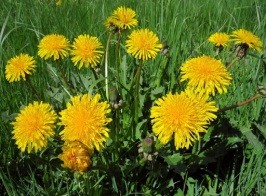Area
It is found everywhere except in the Arctic and desert regions. It grows mainly in forests, streets, courtyards, gardens, parks, arable lands and other lands in the forest, forest-desert and desert areas (northern districts of the desert) in Ukraine, Belarus, Voronezh, Kursk, Kuibyshev regions and Bashkortostan.
Botanical description of the plant
Medicinal bark (rose, dandelion) - Astrados - belongs to the family Asteraceae. A perennial, milk-sucking plant. Root less branched, bullet root. The leaf is composed entirely of rhizomes. The leaf is simple, the leaf blade is lanceolate, sessile, and narrows towards the base. The tip of the leaf pieces is directed towards the base of the leaf. Flower axis hairless, hollow inside, cylindrical, 15-30 cm long. The flowers are collected in a basket. The wrapping leaves of the basket are arranged in two rows, the flowers are all talismanic. Inflorescence 5-toothed, golden-colored, paternal 5, maternal node single-celled, upward. The fruit is a pistachio.
It blooms from May to July until frost.

Medicinal properties
The root contains taraxacin and taraxacerin bitter glycosides, triterpene compounds, up to 24% inulin, rubber, oil and other substances. The bouquet and leaves contain carotenoids, triterpene alcohols and vitamin B. The presence of inulin in the product is determined as follows: if 2-3 drops of a 20% solution of naphthol in alcohol and 1-2 drops of concentrated sulfuric acid are added to the cut piece of root, the root ball (inulin) turns purple. If a 10% alcohol solution of resorcinol or thymol is used instead of α -naphthol, the root canal will be stained red. To be used. Herbal medicines are used as a bitter substance to stimulate the appetite, improve digestion, and as a herbal remedy. In pharmaceuticals the plant is thick
The extract is also used in the preparation of medicines.
Growing technology
Frost tolerant 2 year old herb. In early spring the seeds are sown in the soil to a depth of 0.3 cm. The caterpillar is resistant to insects. Plant spacing should be 10-15cm.





